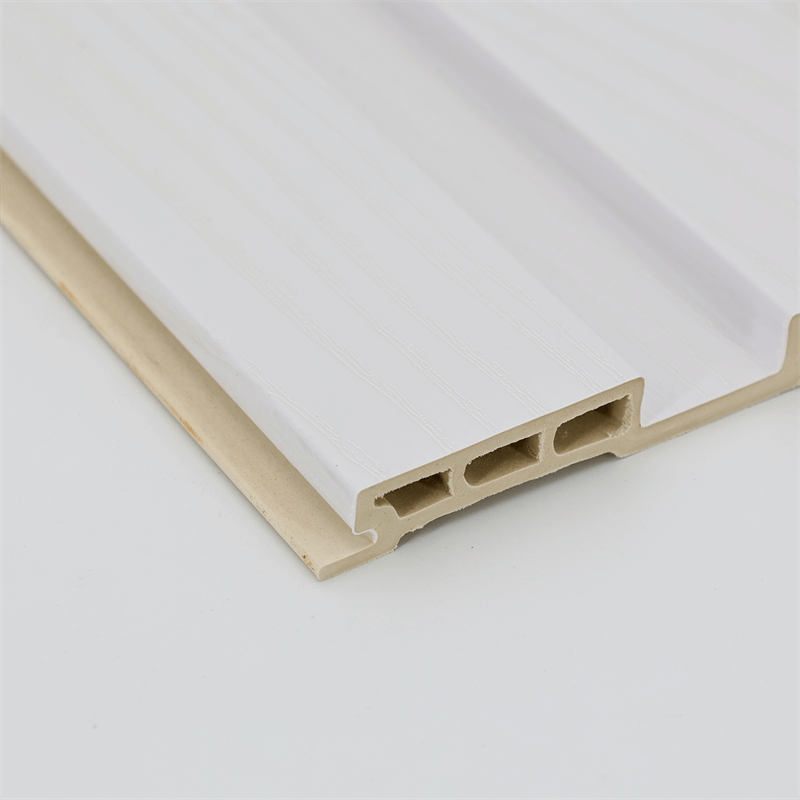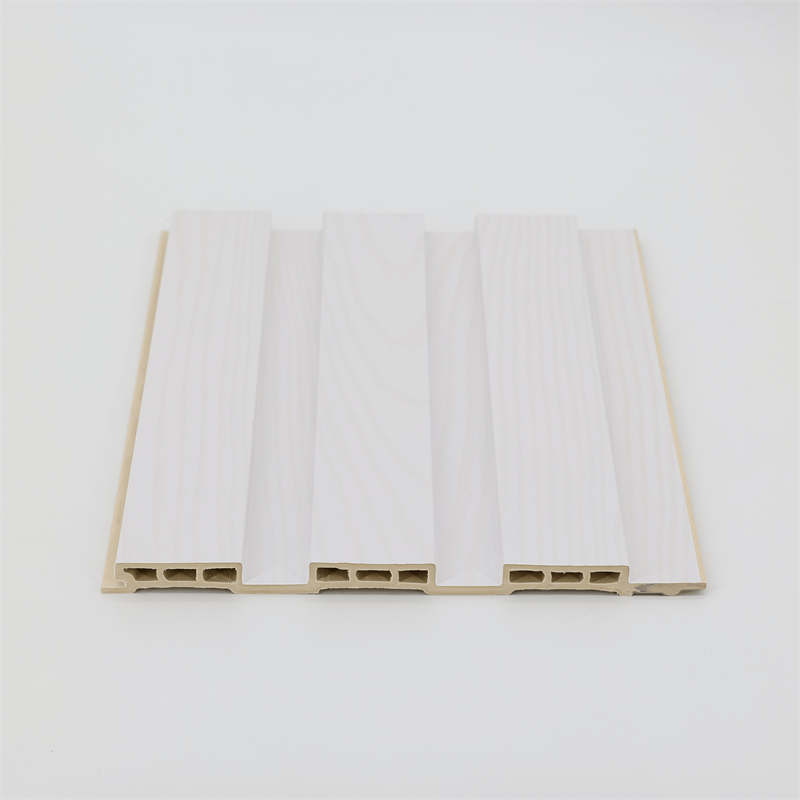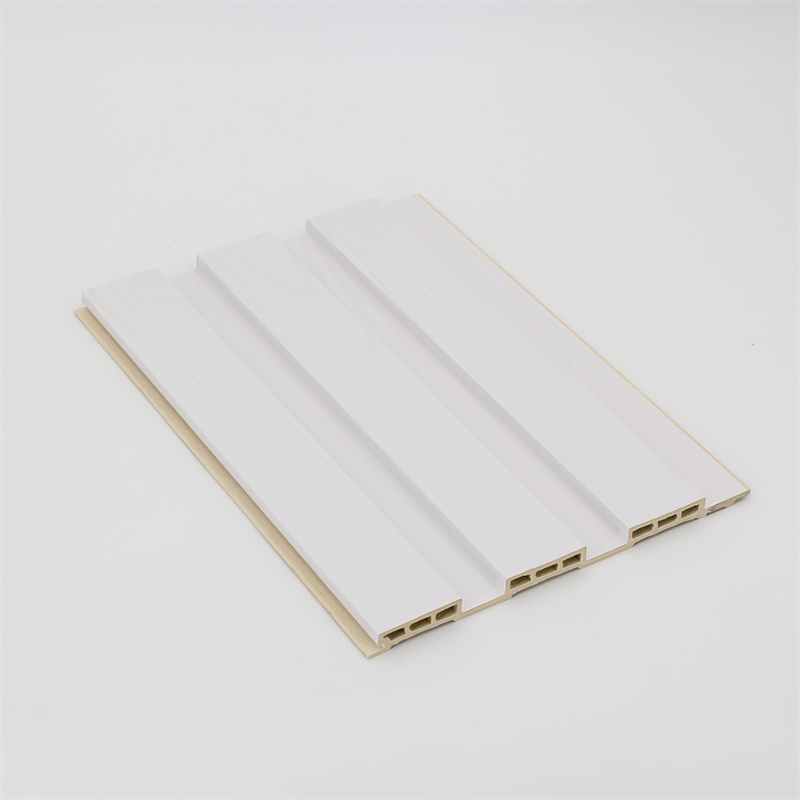Interior design is a crucial aspect of creating functional and visually appealing spaces.
When it comes to wall coverings, WPC (Wood-Plastic Composite) wall panels have emerged as a perfect choice for interior design projects.
With their unique combination of aesthetics, durability, versatility, and sustainability, WPC wall panels offer numerous advantages over traditional materials.
In this essay, we will delve into why WPC wall panels are the perfect choice for interior design, exploring their visual appeal, practical benefits, installation ease, and environmental impact.
I. Visual Appeal: Beauty and Versatility
One of the primary reasons why WPC wall panels excel in interior design is their exceptional visual appeal and versatility.
These panels are available in a wide range of designs, finishes, colors, and textures, allowing designers and homeowners to achieve various aesthetic styles and moods.
- Mimicking Natural Materials: WPC panels can convincingly mimic the appearance of natural materials such as wood, stone, or even brick. This versatility allows for the creation of diverse design themes, from rustic and traditional to sleek and contemporary.
- Customizable Options: WPC wall panels can be easily customized to suit specific design requirements. They can be cut, shaped, and installed in unique patterns, providing opportunities for creative expression. Whether you desire a seamless monochromatic look or prefer an artistic arrangement of panels, WPC allows for endless design possibilities.
- Texture and Finish Choices: WPC panels offer a wide range of textures and finishes, providing depth and character to interior spaces. From smooth and polished surfaces to textured or embossed patterns, these panels add tactile interest and visual richness to walls.
II. Practical Benefits: Durability and Maintenance
Apart from their aesthetic appeal, WPC wall panels offer numerous practical benefits that make them an ideal choice for interior design.
- Durability: WPC panels are known for their exceptional durability, surpassing many traditional wall materials. They are highly resistant to moisture, rot, insects, and physical impacts, making them suitable for high-traffic areas and spaces prone to humidity, such as bathrooms and kitchens. With WPC panels, you can enjoy long-lasting walls that maintain their beauty and structural integrity over time.
- Low Maintenance: WPC wall panels require minimal maintenance compared to natural materials like wood or stone. Unlike wood, they do not require regular sealing, staining, or painting to preserve their appearance. Simple cleaning with mild soap and water is usually sufficient to keep them looking fresh and vibrant.
- Stain and Fade Resistance: WPC panels are engineered to be stain-resistant, making them highly practical for spaces where spills or splashes are common. Additionally, these panels are resistant to fading, ensuring that your walls retain their original color and vibrancy for years to come.
- Sound Insulation: WPC wall panels provide excellent sound insulation properties, reducing noise transmission between rooms. This is especially beneficial in commercial spaces, offices, or residential areas where privacy and acoustics are important considerations.
III. Ease of Installation: Convenience and Time Efficiency
Another advantage of WPC wall panels is their ease of installation, which adds to their appeal for interior design projects.
- Simple Installation Process: Installing WPC wall panels is a straightforward process that can be accomplished by both professionals and DIY enthusiasts. The panels are designed for easy handling and come with user-friendly installation instructions. With basic tools and adhesive or screws, you can quickly transform your walls with minimal effort.
- Time Efficiency: WPC wall panels offer time efficiency during installation, making them a preferred choice for projects with tight timelines. Unlike other wall materials that may require extensive preparation, curing, or drying time, WPC panels can be installed promptly, reducing overall project duration.
- Flexibility: WPC panels can be installed on various wall surfaces, including drywall, concrete, or plywood, allowing for flexibility in design and application. They can also be easily removed or replaced, providing flexibility for future renovations or design changes.
IV. Environmental Impact: Sustainable Choice
In today’s world, sustainable design practices are becoming increasingly important. WPC wall panels offer significant environmental advantages, making them a responsible choice for interior design projects.
- Use of Recycled Materials: WPC panels are made from a combination of wood fibers or flour and recycled plastics. By utilizing these materials, WPC panels contribute to the reduction of waste and the conservation of natural resources. They provide an eco-friendly alternative to materials that require extensive mining or harvesting.
- Reduced Carbon Footprint: The production process of WPC panels consumes less energy and generates lower greenhouse gas emissions compared to traditional wall materials. This lower carbon footprint contributes to a more sustainable and environmentally conscious approach to construction and design.
- Long Lifespan and Recyclability: WPC wall panels have a long lifespan and can be recycled at the end of their useful life. This minimizes waste and extends the lifecycle of the materials, further reducing their environmental impact. Additionally, the ability to reuse WPC panels in other applications contributes to a circular economy approach.

WPC wall panels have proven to be the perfect choice for interior design projects, offering a harmonious blend of beauty, durability, versatility, and sustainability.
With their ability to mimic natural materials, provide customizable options, and offer a wide range of textures and finishes, these panels elevate the visual appeal of any space.
Moreover, their practical benefits such as durability, low maintenance, sound insulation, and ease of installation make them highly desirable for both residential and commercial applications.
In an era where sustainable design is crucial, WPC wall panels stand out as an environmentally responsible choice.
They are made from recycled materials, have a lower carbon footprint, and can be recycled at the end of their lifespan.
By choosing WPC panels, designers and homeowners contribute to the preservation of natural resources and the reduction of waste.
In conclusion, WPC wall panels offer a compelling solution for interior design.
Their aesthetic appeal, practical benefits, ease of installation, and sustainable attributes make them an excellent choice for creating stunning and eco-friendly spaces.
By embracing WPC wall panels, you can achieve the perfect balance of beauty, functionality, and environmental consciousness in your interior design endeavors.


